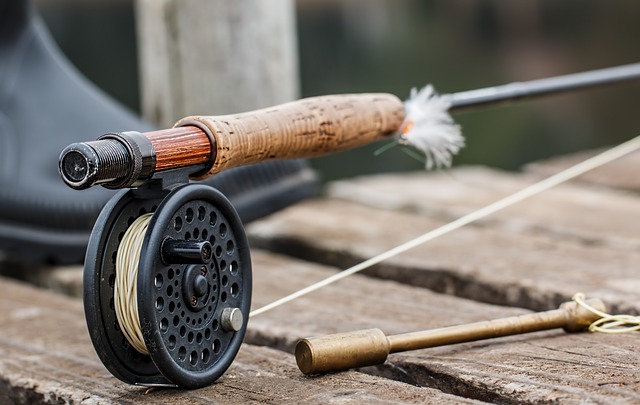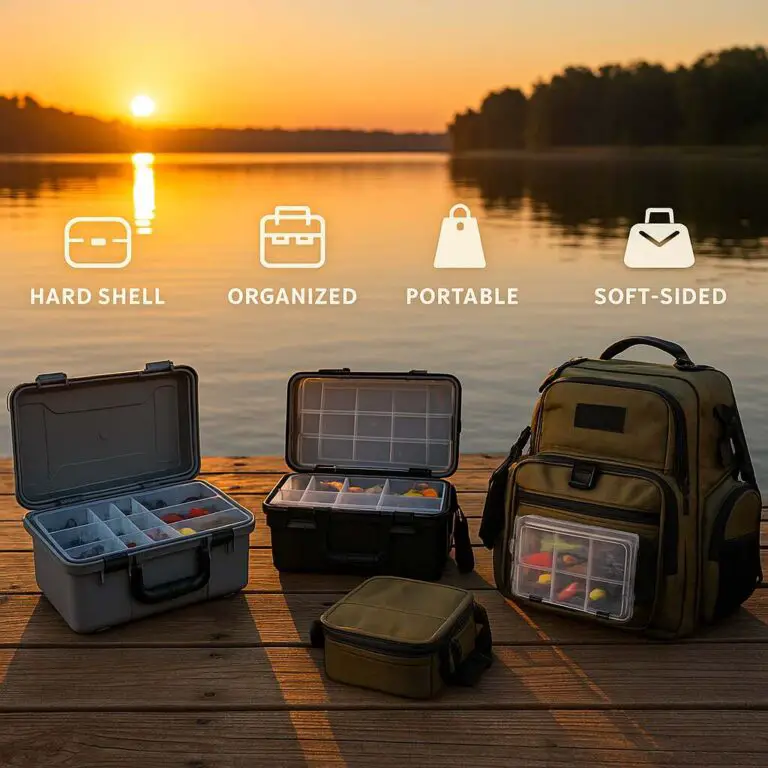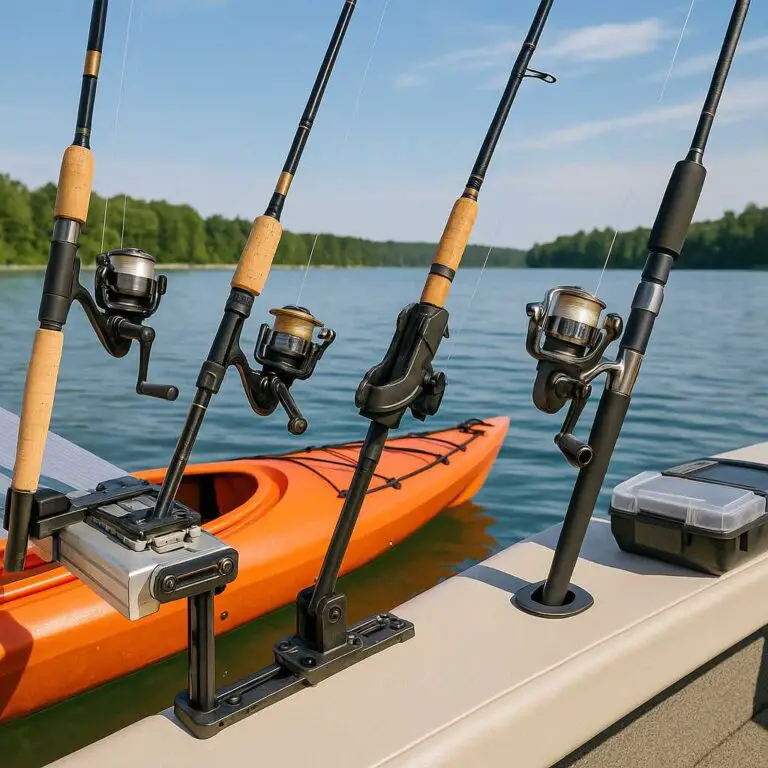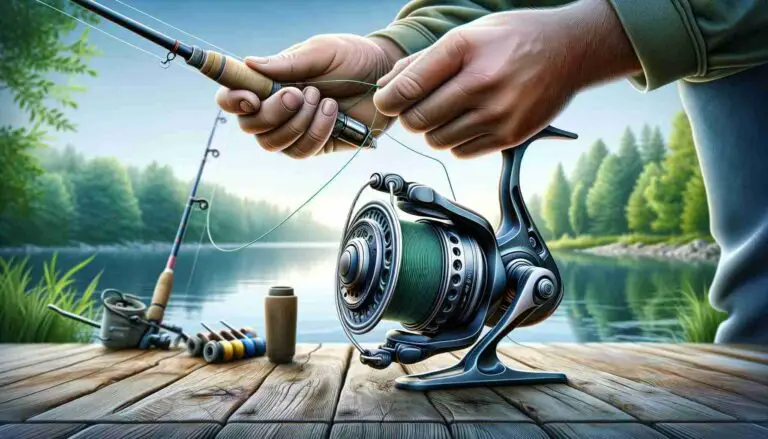As a fly angler, one of the most critical decisions you can make is choosing the right fly rod for your needs. Among the most popular fly rod weights is the 4wt, a versatile option that’s perfect for targeting small to medium-sized fish in various water types. However, when it comes to selecting a 4wt fly rod, there’s one crucial factor to consider: length. The length of your fly rod can significantly impact your overall fly-fishing experience, affecting everything from casting accuracy to line control.
The best length for a 4wt fly rod depends on various factors, including your physical attributes, the type of water and fish you’re targeting, and the type of fly fishing techniques you plan to use. In general, shorter 4wt fly rods are ideal for fishing in tight spaces and targeting small to medium-sized fish, while longer 4wt fly rods provide better line control and casting distance, making them suitable for larger bodies of water and bigger fish species.
However, in this guide, I’ll explore the factors you need to consider when choosing the length of your 4wt fly rod and provide my recommendations for the best length based on your individual needs.
Factors to consider when choosing the length of a 4wt fly rod
Here are some factors to consider when choosing the length of a 4wt fly rod:
- Angler’s physical characteristics: One of the most important factors to consider when choosing a 4wt fly rod length is your physical attributes. Your height, arm length, casting style, and strength all play a role in determining the optimal rod length for you.
- Type of water and fish being targeted: The size and type of water you’ll be fishing in and the size of the fish you’re targeting are critical factors to consider when selecting the length of your 4wt fly rod. If you’re fishing small streams for trout, you’ll want a shorter rod to navigate tight spaces and present your fly accurately. Conversely, if you’re fishing large rivers or lakes for larger fish, you’ll need a longer rod to cast farther and control your line better.
- Type of fly fishing techniques being used: The type of fly fishing techniques you plan to use will also impact your choice of rod length. For example, if you plan to nymph fish, a longer rod will give you more control over your line and help you detect subtle strikes. On the other hand, if you’re using dry flies, a shorter rod will give you better accuracy and allow you to make delicate presentations.
Pros and cons of shorter 4wt fly rods
Here are some pros and cons of shorter 4wt fly rods:
Pros:
- Easier to maneuver: Shorter 4wt fly rods are easier to maneuver in tight spaces, making them ideal for fishing small streams or areas with limited casting room.
- Better accuracy in tight spaces: A shorter rod allows for better accuracy in tight spaces, making it easier to present your fly to wary fish hiding in small pockets.
- Lightweight and portable: Shorter 4wt fly rods are typically more lightweight and compact, making them easier to carry on long hikes to remote fishing locations.
Cons:
- Less line control: Shorter 4wt fly rods have a shorter casting distance, which can limit your ability to control your line when casting and retrieving.
- Shorter casting distance: The shorter length of a 4wt fly rod can limit your casting distance, which may be a disadvantage when fishing larger bodies of water or trying to reach fish in deeper waters.
- May not be suitable for larger fish: Shorter 4wt fly rods may not have the power to handle larger fish species, which can result in lost fish or damaged equipment.
Overall, if you’re fishing in tight spaces and targeting small to medium-sized fish, a shorter 4wt fly rod can be an excellent choice. However, if you need more line control and are targeting larger fish in larger bodies of water, a longer 4wt fly rod may be a better option.
Pros and cons of longer 4wt fly rods
Here are some pros and cons of longer 4wt fly rods:
Pros:
- Better line control: Longer 4wt fly rods have a longer casting distance, which can provide better line control when casting and retrieving. This is especially important when fishing larger bodies of water or dealing with strong winds.
- Longer casting distance: The longer length of a 4wt fly rod allows for a longer casting distance, which can be advantageous when fishing in larger bodies of water or trying to reach fish in deeper waters.
- More powerful: Longer 4wt fly rods can be more powerful than their shorter counterparts, making them suitable for larger fish species and providing better hook sets.
Cons:
- Less maneuverable: Longer 4wt fly rods are typically less maneuverable than shorter rods, which can make them challenging to use in tight spaces or smaller streams.
- Less accuracy in tight spaces: The longer length of a 4wt fly rod can make it more challenging to achieve the same level of accuracy in tight spaces, which may limit your ability to present your fly to wary fish hiding in small pockets.
- Heavier and less portable: Longer 4wt fly rods can be heavier and less portable than shorter rods, which can be a disadvantage when traveling to remote fishing locations or carrying gear on long hikes.
If you’re fishing in larger bodies of water and targeting larger fish species, a longer 4wt fly rod can be an excellent choice. However, if you need a rod that’s more maneuverable and accurate in tight spaces, a shorter 4wt fly rod may be a better option.
Conclusion
Choosing the right length for your 4wt fly rod is critical to maximizing your fly fishing experience. By considering factors such as your physical attributes, the type of water and fish you’re targeting, and the type of fly fishing techniques you plan to use, you can make an informed decision about the best length for your needs.
Shorter 4wt fly rods are ideal for fishing in tight spaces and targeting small to medium-sized fish, while longer 4wt fly rods provide better line control and casting distance, making them suitable for larger bodies of water and bigger fish species. Ultimately, the best length for your 4wt fly rod will depend on your individual needs and preferences.
When choosing a 4wt fly rod length, consider testing out different options to find the one that feels most comfortable and suits your specific fishing needs. By doing so, you’ll have a rod that feels like an extension of your arm and enhances your overall fly-fishing experience.








